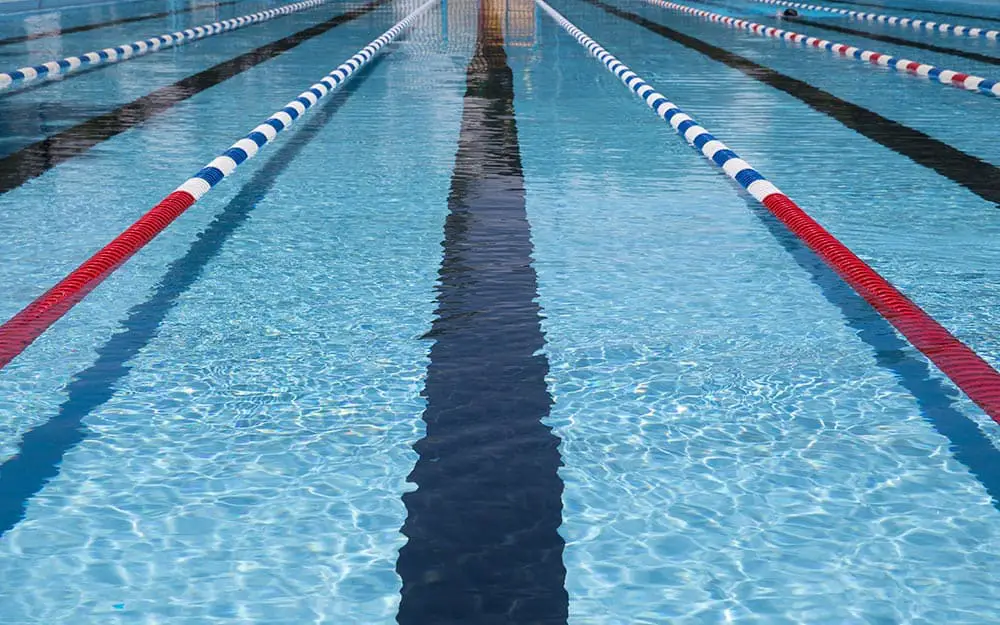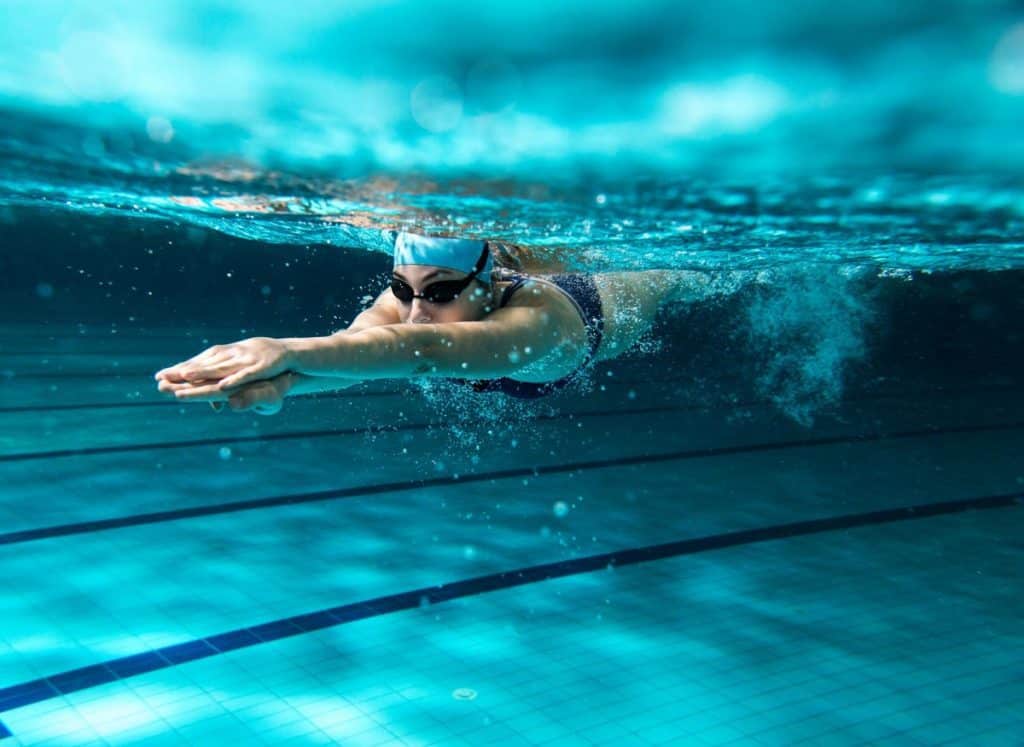
Tone your body in a few laps. Just jump in the pool and experience a total body workout. Swimming is an excellent exercise for someone’s posture and body’s motor coordination. With its beneficial aims, swimming is not just an ordinary exercise with other people. Making swimming as their sport by enjoying their competitive swimming skills to the right venue.
Completing a mile is a swimming training milestone. The longer the training distance, the more the swimmer may get into the rhythm and get you going at the maximum efficiency. This is one of the best training for every swimmer to resist and improve endurance up to the last lap. An Olympic size swimming pool and other common training pool length are the perfect venues to achieve your first-mile swimming.
Every swimmer focuses on their training to attain their target record or much better beat it. Most of them are not aware that swimmer swims for 1650 yards and called it a mile. Especially if you are a swimmer in the United States, you may not be aware of the fact that what you are calling a mile, is not actually a mile. If you actually convert a mile into yards, you will come up to 1760 yards, a 110 yards longer of a mile a swimmer regularly knew. (For an in-depth explanation about pool length conversion, you may check our article entitled How Many Swimming Pool Laps Are In One Mile?)
The explanation in why is a swimming mile only 1650 yards is not that easy. With this article, we will help you to answer that confusion. We do the extra mile and do some research and combining every information we found to explain why a pool mile is not an actual mile.
A Mile Not Really a Mile
In general, one mile is equivalent to 1609.34 meters or 1760 yards. With the present international race standard length, a mile is equivalent to 1650 yards. Let us know the reason why and how come a pool mile isn’t equivalent to the real mile.
On the early up to the middle part of the 20th century, swimming pools were often built in a 55-yard distance. A 55 yards swimming pools were used so the competition could be made in a convenient and proportion evenly with a mile. A 55 yards pool for 16-course laps is equal to half a mile or 880 yards and with 32-course laps is equal to a mile or 1760 yards. For a long time, the United States used 1760 yards as the official mile distance.
Then, an international distance for long course meets, are swum in a 50-meter pool. This is 1 foot shorter with the 55 yards pool. These changes take placed in order to prepare their swimmers for the Olympics. But the United States held firm with its short course pool at 25 yards, instead of the international meters. Organizations that trained Olympians afforded the expense of converting the pool to 50 meters or constructing a new one.
To keep the athletes with international competition ready, the United States came up with a new event, the 1650 yard freestyle. This is very close to the international 1500 meter or 1640 yards swimming event. It is their way to keep the 25-yard short course and 50-meter long course as similar as possible, an advantage for their athletes to easily adjust to international competitions. That is why the AAU or the Amateur Athletic Union, the United States multi-sports organization, decided to replace the true old-fashioned mile with a newer distance. Referring the mile as equivalent to 1650 yards.
A Much Closer Mile
Again, in the actual conversion, a mile is equivalent to 1760 yards. The big question is, why not go to a 1700 or 1800 yards instead of 1650 yards? A 60 or 40 yard is a lesser difference than 110 yards. One of the common reasons is 1700 or 1800 yards sounds too long than the standard length that may add to the construction of the swimming pool. As of now, there are no other answers why they come up with 1650 yards rather than the closer length divisible with 50 yards in length swimming pool.
Another Mile of Information
Some researcher uncovers another interesting information about pool mile. Since swimming is in the water, maybe you are thinking about swimming a nautical mile. The nautical mile is measured as a one-minute arc of latitude along any meridian. This is convenient for navigators of boats as ocean charts are often based on the Mercator projection, whose scale varies from the equator to 80 degrees north or south latitude. But measuring a mile by degrees of latitude is not that accurate because the earth is not exactly spherical and as you get closer to the poles the nautical miles become longer. With that, international committees approve and declare to set 1852 meters or 2025 yards distance for the nautical mile.
There is a confusion in the pool mile in terms of conversion. Basically, in the United States, if you say a mile it refers to 1650 yards of swimming. It is not the same converted metric mile on the land of 1760 yards. Notably, the length of the pool will prepare you to easily adjust for your next swimming competition. Whether it is 25 yards, 25 meters or a 50 meters swimming pool, any venue will boast your swimming skills in achieving a mile. Prepare your endurance and body rhythm to keep your cadence at a steady rate for your swimming training completing your mile or even more.


